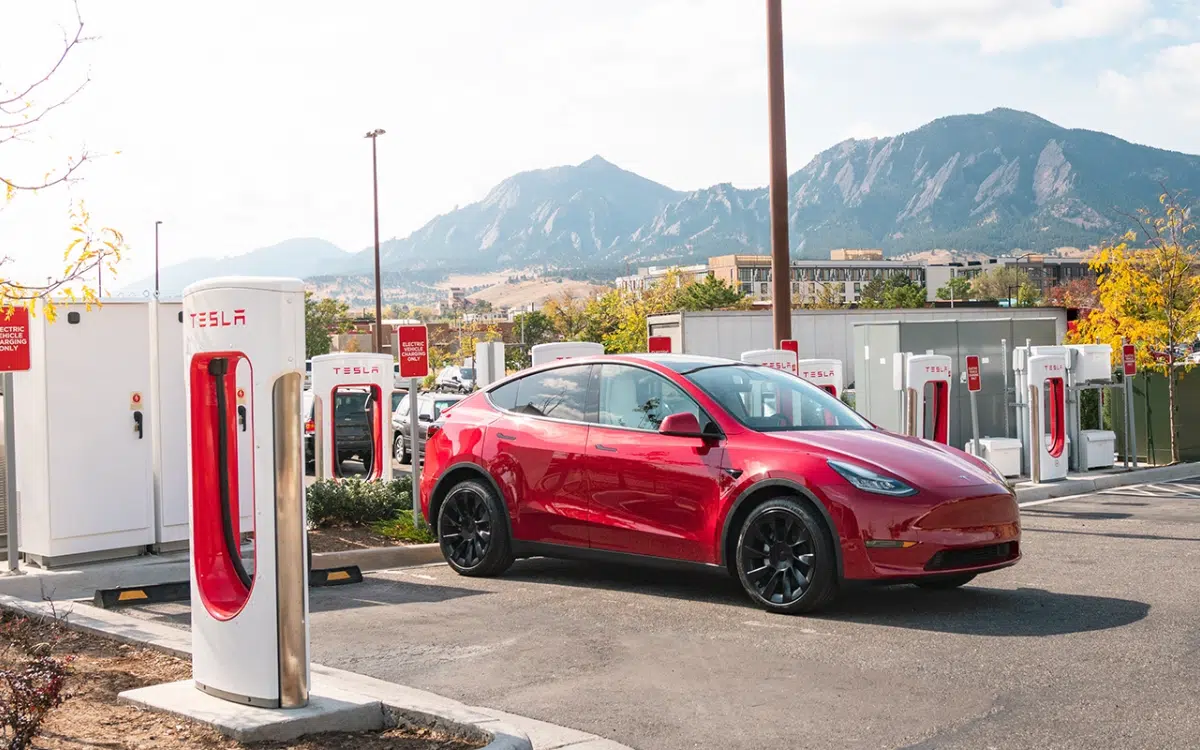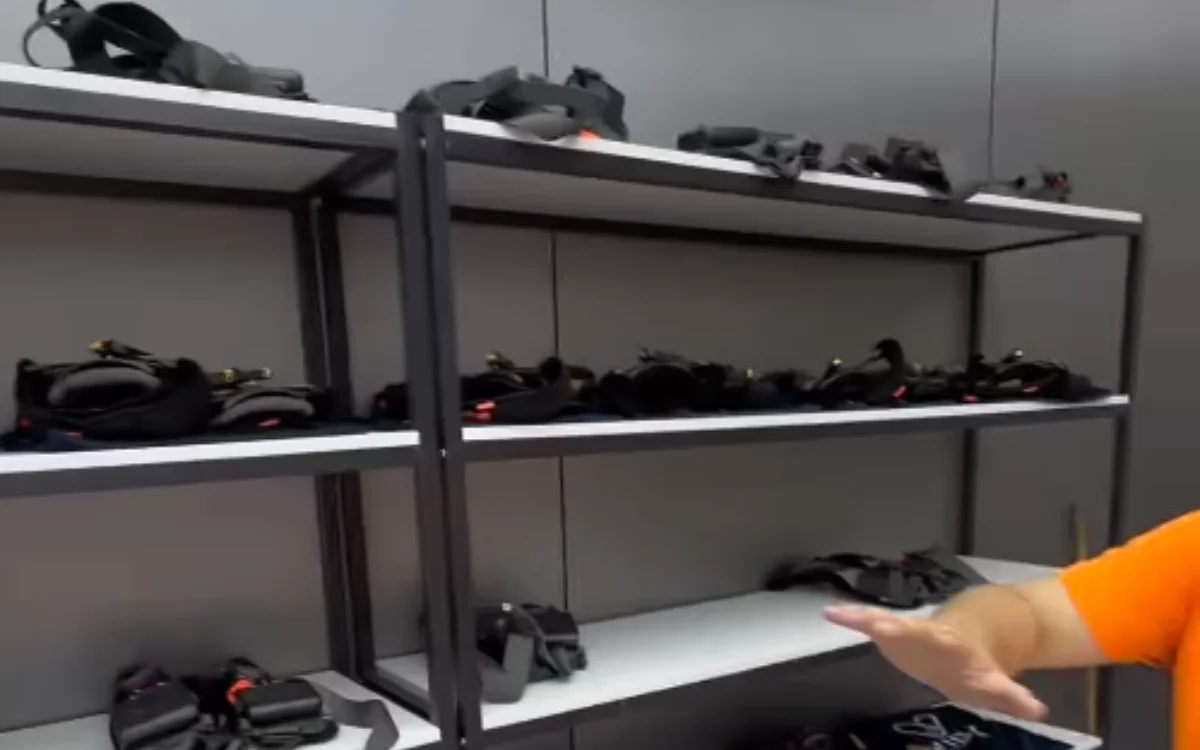AI Creates Unique Robots from Scratch in Seconds
The post AI Creates Unique Robots from Scratch in Seconds appeared on BitcoinEthereumNews.com. TLDR Northwestern’s AI designs unique robots within seconds, defying traditional evolutionary methods. Lightweight AI on personal computers opens doors to creative, energy-efficient robotics. AI’s capacity for innovative designs could revolutionize problem-solving in various fields. Northwestern University researchers have developed an AI that can design innovative robots from scratch. Unlike conventional models, this AI can operate on a lightweight personal computer, offering energy efficiency and creativity in design. The team behind this groundbreaking research believes that AI’s ability to generate new ideas could pave the way for solving complex problems. Instant evolution: From prompt to robot in seconds The Northwestern University research team, led by Assistant Professor Sam Kriegman, has achieved a remarkable feat in the field of robotics and artificial intelligence. They have developed an AI program that can design unique robots in a matter of seconds, all starting from a simple prompt. Their pioneering approach eliminates the need for time-consuming evolutionary processes or human design biases. The team initiated the AI by instructing it to design a robot capable of walking on a flat surface. What makes this AI truly exceptional is that once the initial prompt was given, the researchers did not intervene or provide further input. The AI program autonomously generated a blueprint for a robot, and the results were astonishing. Rapid iteration: The birth of a walking robot In its first iteration, the AI-designed robot resembled a bar of soap and could only jiggle, far from walking. However, the AI did not stop at this point. It continually evaluated its designs and made iterative improvements. With each iteration, it created robots that could balance in place, hop forward, and eventually shuffle forward. Remarkably, after just nine attempts, the AI produced a robot that could walk at a speed of half its body length per second, which…

The post AI Creates Unique Robots from Scratch in Seconds appeared on BitcoinEthereumNews.com.
TLDR Northwestern’s AI designs unique robots within seconds, defying traditional evolutionary methods. Lightweight AI on personal computers opens doors to creative, energy-efficient robotics. AI’s capacity for innovative designs could revolutionize problem-solving in various fields. Northwestern University researchers have developed an AI that can design innovative robots from scratch. Unlike conventional models, this AI can operate on a lightweight personal computer, offering energy efficiency and creativity in design. The team behind this groundbreaking research believes that AI’s ability to generate new ideas could pave the way for solving complex problems. Instant evolution: From prompt to robot in seconds The Northwestern University research team, led by Assistant Professor Sam Kriegman, has achieved a remarkable feat in the field of robotics and artificial intelligence. They have developed an AI program that can design unique robots in a matter of seconds, all starting from a simple prompt. Their pioneering approach eliminates the need for time-consuming evolutionary processes or human design biases. The team initiated the AI by instructing it to design a robot capable of walking on a flat surface. What makes this AI truly exceptional is that once the initial prompt was given, the researchers did not intervene or provide further input. The AI program autonomously generated a blueprint for a robot, and the results were astonishing. Rapid iteration: The birth of a walking robot In its first iteration, the AI-designed robot resembled a bar of soap and could only jiggle, far from walking. However, the AI did not stop at this point. It continually evaluated its designs and made iterative improvements. With each iteration, it created robots that could balance in place, hop forward, and eventually shuffle forward. Remarkably, after just nine attempts, the AI produced a robot that could walk at a speed of half its body length per second, which…
What's Your Reaction?









































